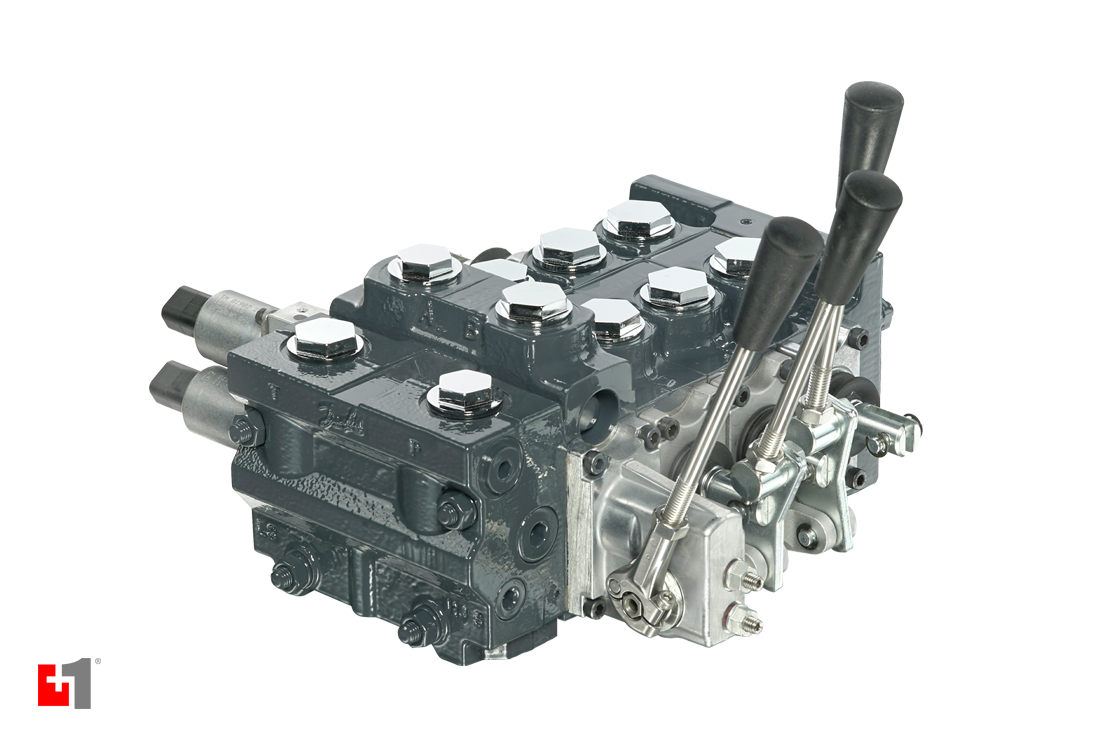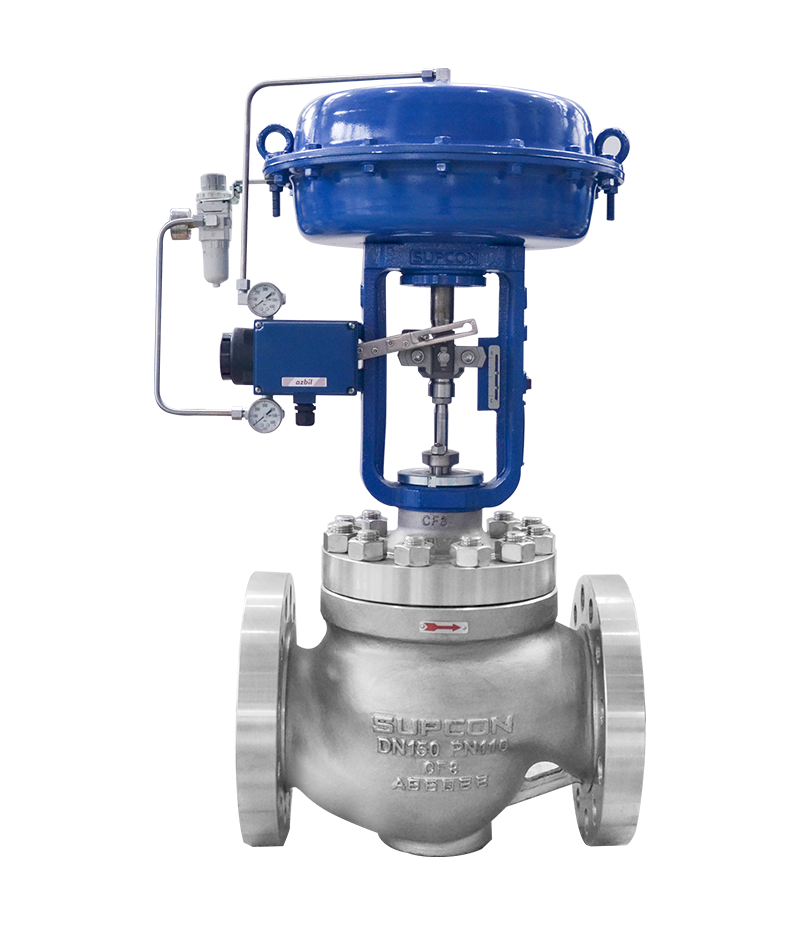The Role of Control Valves in Liquid Flow Monitoring Solution
The Role of Control Valves in Liquid Flow Monitoring Solution
Blog Article
Achieve Seamless Integration and Control With High Quality Building Automation Controls
In the realm of contemporary structure administration, the relevance of top quality structure automation controls can not be overstated. Welcoming top quality structure automation controls is not simply a matter of benefit yet a calculated critical for organizations intending to maximize their centers' performance and sustainability.

Evolution of Structure Automation Controls
Throughout the past couple of years, the evolution of building automation controls has dramatically changed the method buildings are managed and operated. Constructing automation systems mostly concentrated on standard functions such as managing air, ventilation, and home heating conditioning (HEATING AND COOLING) systems. As modern technology advanced, these controls have actually become more sophisticated, enabling for a bigger range of structure systems to be incorporated and handled centrally.
The development of building automation controls has seen a change in the direction of more intelligent systems that can adapt to transforming problems in real-time. This versatility is critical for optimizing energy efficiency and making sure owner convenience. Furthermore, modern-day building automation controls now offer attributes such as predictive upkeep, remote monitoring, and data analytics, allowing facility managers to make data-driven choices to enhance structure performance.

Benefits of Quality Integration
The advancement in building automation regulates towards even more smart systems has emphasized the significant benefits of top quality assimilation in enhancing structure procedures and boosting total effectiveness. Quality assimilation of developing automation controls supplies a number of crucial benefits. To start with, it brings about boosted power effectiveness by permitting different systems to interact flawlessly, guaranteeing optimal performance and reducing energy wastefulness. Quality combination enhances owner convenience and efficiency by allowing customized control over ecological setups like air, temperature level, and lighting quality. This modification can bring about an extra conducive and comfy working or living setting. Furthermore, high quality assimilation simplifies upkeep and fixing procedures, as all systems are interconnected and can be monitored and controlled from a centralized interface. This central control likewise gives better presence and understandings right into structure efficiency, making it possible for aggressive upkeep and optimization techniques. On the whole, the benefits of quality combination in building automation controls are indisputable, using enhanced performance, comfort, and functional performance.
Boosted User Experience and Access
Enhancing individual interaction with structure automation regulates via intuitive design and enhanced availability elevates the total experience for passengers and center managers alike. By concentrating on customer experience, constructing automation systems can become more reliable and user-friendly. Instinctive interfaces, clear navigation, and personalized setups empower users to engage with the controls easily and effectively.
Ease of access attributes play an essential duty in making certain that all individuals, including those with handicaps, can use the structure automation controls easily. Including attributes such as site voice commands, tactile buttons, and color-contrasted displays can boost ease of access and make the controls more inclusive.
Moreover, improved customer experience causes greater customer fulfillment, raised productivity, and far better decision-making. Residents can change ecological setups according to their preferences, while facility managers can effectively check and handle building systems - control valves. On the whole, focusing on individual experience and access in structure automation controls adds to a more smooth and effective building setting for all stakeholders included
Sustainable Practices Through Automation

Furthermore, automation can help with the combination of renewable energy resources such as solar panels or wind turbines right into building procedures. Via automation, buildings can align with modern-day sustainability goals and contribute to a greener future.
Future Trends in Building Control Systems
In anticipation of advancing modern technologies and evolving sustainability practices, the trajectory of structure control systems is positioned to embrace transformative techniques and cutting-edge remedies. One prominent fad forming the future of structure control systems is the raised assimilation of Expert system (AI) and artificial intelligence. These technologies make it possible for structures to adjust in real-time to transforming problems, optimizing power intake and improving convenience for passengers. Furthermore, the Internet of Things (IoT) is revolutionizing structure control systems by connecting gadgets and sensors to improve operations and boost efficiency.
An additional vital trend is the focus on cybersecurity steps to safeguard versus potential risks to developing automation systems. As buildings become more interconnected, ensuring robust cybersecurity procedures will be important to safeguard sensitive data and stop unauthorized gain access to.
Moreover, the shift towards cloud-based systems is obtaining energy, enabling systematized control and remote accessibility to structure systems. This assists you can try here in simpler surveillance, maintenance, and updates, enhancing the total efficiency and flexibility of building control systems. As technology remains to breakthrough, these trends are expected to shape the future landscape of building automation controls, driving innovation and sustainability in the constructed environment.
Verdict
Future patterns in structure control systems are likely to concentrate on further boosting automation capacities for boosted power efficiency and general performance. It is crucial for building proprietors and drivers to focus on the adoption of high quality building automation her latest blog manages to enhance structure operations and achieve long-term sustainability goals.
In the realm of contemporary building monitoring, the relevance of quality building automation controls can not be overstated. On the whole, the evolution of structure automation controls proceeds to drive technology in the building monitoring market, using new possibilities for producing smarter and a lot more lasting buildings.
The innovation in building automation controls towards more intelligent systems has actually emphasized the considerable benefits of top quality assimilation in maximizing building operations and enhancing general efficiency. Overall, prioritizing individual experience and availability in structure automation controls contributes to a more productive and seamless building atmosphere for all stakeholders involved.
It is important for structure proprietors and operators to prioritize the fostering of top quality structure automation manages to optimize structure operations and achieve long-term sustainability objectives. - control valves
Report this page